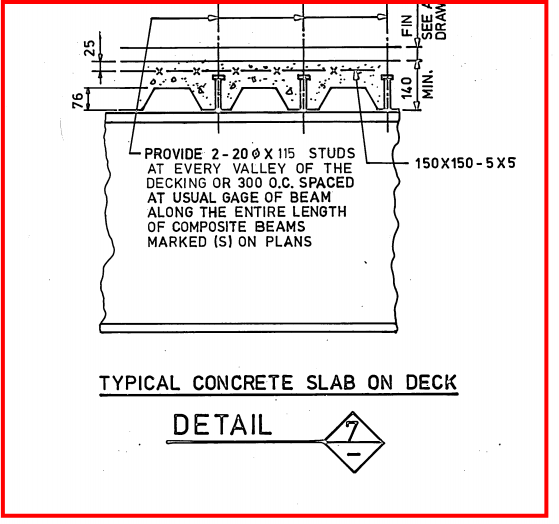Hey guys,
i have an existing slab ( Steel Joists With metal deck), and i need to check it against the wheel load of a truck during construction.
are there any references / books that can guide me through the process, especially for the punching shear check under the wheel.
thanks .
ôIf you don't build your dream someone will hire you to help build theirs.ö
Tony A. Gaskins Jr.
i have an existing slab ( Steel Joists With metal deck), and i need to check it against the wheel load of a truck during construction.
are there any references / books that can guide me through the process, especially for the punching shear check under the wheel.
thanks .
ôIf you don't build your dream someone will hire you to help build theirs.ö
Tony A. Gaskins Jr.

